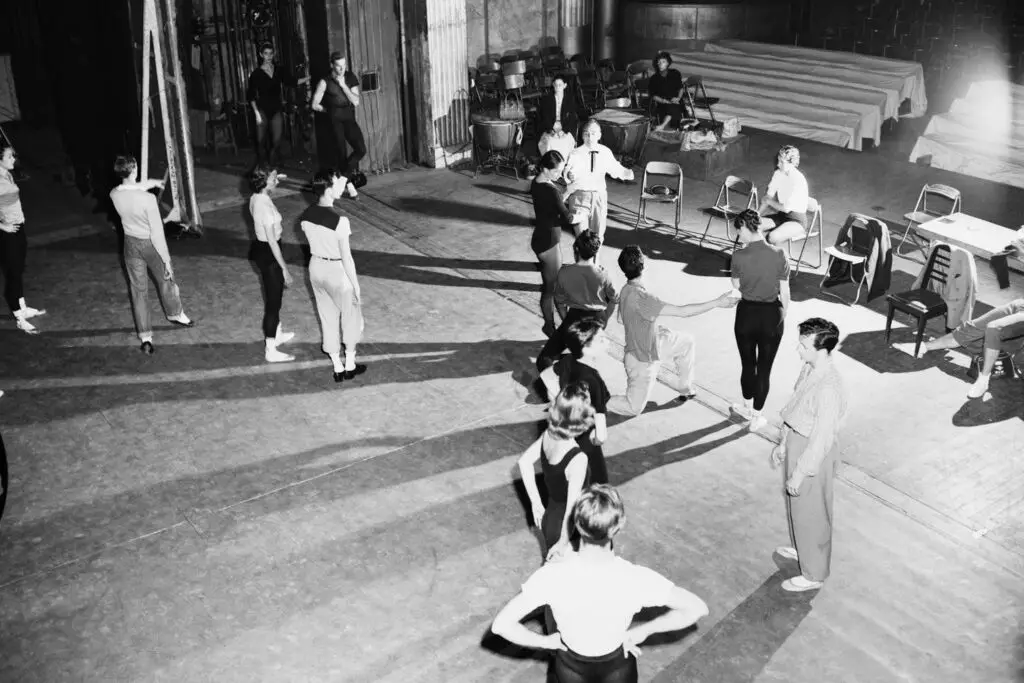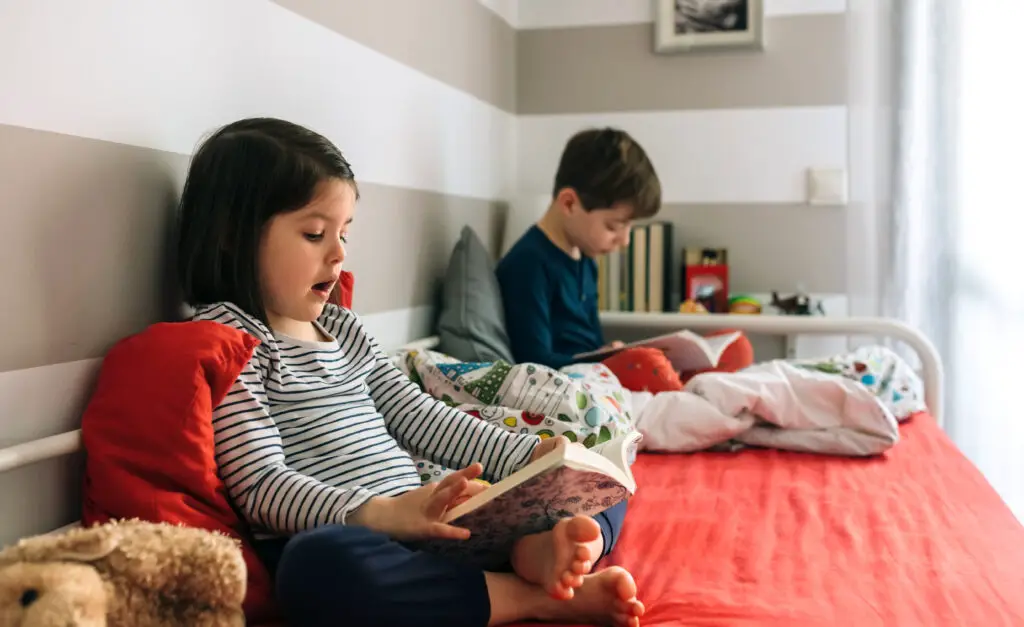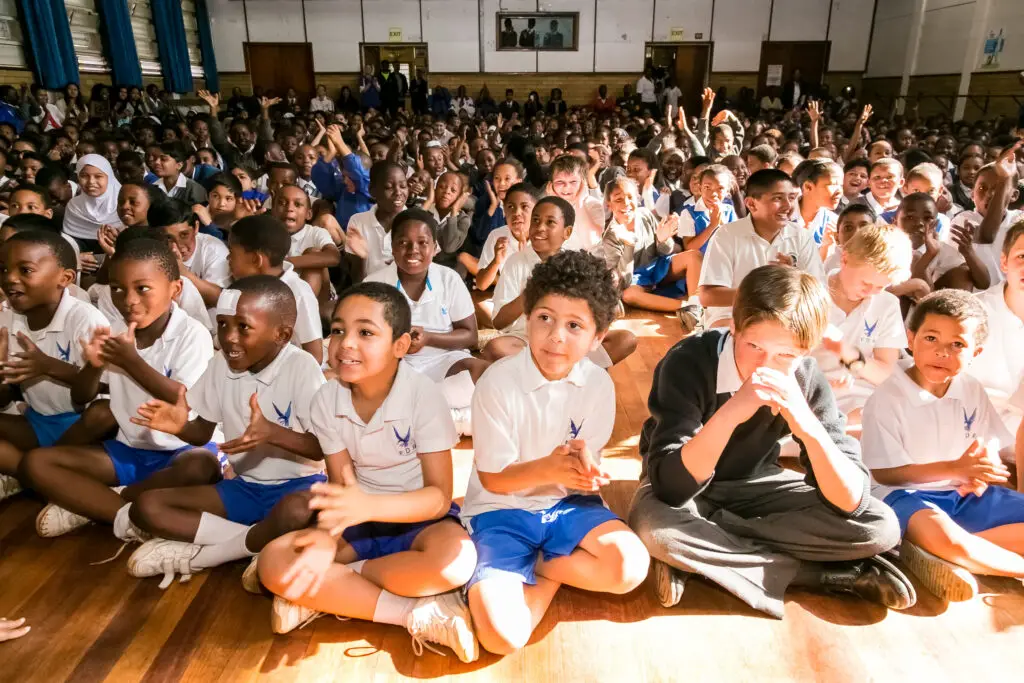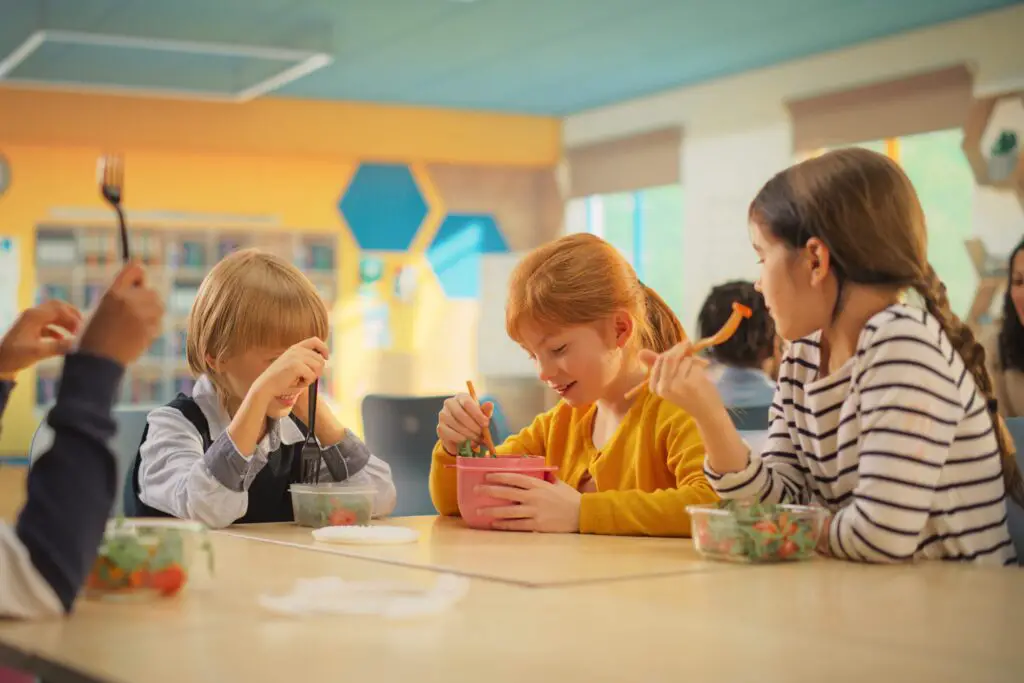1. Early Morning P.E. Classes

Back in the day, many schools scheduled physical education classes first thing in the morning. For years, it was believed that students would benefit from the early start, giving them an energy boost for the rest of the day. But this practice was abruptly discontinued in many districts, with little explanation. The idea was that starting the day with physical activity would encourage healthier, more active lifestyles, but the results weren’t as positive as expected.
Over time, studies began to show that kids may not be at their best right after waking up, and that early morning physical activity could cause burnout or even injuries. The switch to later in the day allowed students to better engage with the class, avoiding the grogginess of early mornings. It seemed like a logical move, but it left many wondering why the early morning routine had been pushed so hard in the first place.
2. The Daily Silent Reading

For years, schools implemented “silent reading” periods, usually in the morning, where students would read books of their choosing for 10-20 minutes. This practice was meant to cultivate independent reading habits and improve literacy. However, in many places, the tradition suddenly disappeared without much of an explanation.
The reasoning behind the sudden change is unclear, but some believe it was due to the pressure on teachers to meet stricter academic standards. With testing becoming a more prominent focus, the time allotted for reading was repurposed for other academic activities. Silent reading had its merits, but it seems the rise of standardized testing led to its quiet disappearance from many school schedules.
3. Recess for Older Students

In the 1980s and ’90s, many schools started to phase out recess for older students, arguing that it was unnecessary once students hit middle or high school. Recess had long been seen as a crucial break to help children unwind, socialize, and recharge. But as schools became more focused on academic rigor and preparing for college, the practice of recess started to fade.
Some schools replaced recess with more academic-focused time, leaving students with less opportunity for physical or social interaction. While proponents of the change argued it was a step forward, others believe it took a toll on students’ mental and emotional well-being. The decision to eliminate recess for older students is still a contentious issue, with many wondering why such an important part of childhood was so suddenly dismissed.
4. Teacher’s Choice Rewards

In many classrooms, teachers used to reward students with “teacher’s choice” privileges, such as letting them choose a fun activity, a favorite book, or even a homework pass. These small, personal rewards were a way to encourage good behavior and motivate students. However, this practice eventually fell out of favor, often with no clear explanation given.
Some educational experts argue that this type of reward system led to unhealthy competition or feelings of favoritism, though it’s not clear whether this truly was the case in every classroom. The shift away from personalized rewards toward more generic incentive systems—like earning points toward a larger reward—seemed to make the system feel less personal, yet it was deemed “fairer” to all students. Still, many educators and parents continue to debate the loss of this unique, individual approach to motivation.
5. Handwritten Essays

There was a time when handwritten essays were the standard in schools, with students required to handwrite all of their papers. The idea was that the act of writing by hand helped students to better absorb and engage with the material. However, as technology advanced, schools began transitioning to digital submissions, and handwritten essays started to vanish from many classrooms.
The transition was largely influenced by the rise of computers in education, as well as the fact that typed essays are easier to grade and edit. Yet, despite the convenience of technology, many long for the days when writing by hand was a cherished part of the academic process. The change has raised questions about the impact of screen-based writing on students’ cognitive development, leading some to wonder if we lost something by phasing out handwritten work.
6. Dress Code Flexibility for Spirit Days

Spirit days, where students would wear school colors or dress in themed outfits to show school pride, were once a big deal at many U.S. schools. Over time, however, some schools began cracking down on these days, enforcing stricter dress codes even during these events. For students, these spirit days became a much-anticipated opportunity to express their school spirit, but gradually, schools began banning anything that could be deemed “inappropriate,” such as costumes or specific colors.
Some districts feared that allowing too much freedom would lead to distractions, while others believed that it went against the need for uniformity. Despite the seemingly harmless nature of the practice, it faded away in many districts, leaving many students feeling less connected to the fun traditions that once brought their school communities together. The banning of such practices without explanation left a lot of students and parents scratching their heads about why something so simple was taken away.
7. Long Lunch Periods

In the past, many schools offered long lunch periods to allow students ample time to relax, eat, and socialize. However, these extended breaks were often cut short in favor of more instructional time as educational pressures mounted. While this change was touted as necessary for keeping up with increasingly demanding curriculums, it left students with less downtime.
Long lunch breaks allowed students to recharge before diving into the rest of the school day, and cutting them short created more rushed, stressful environments. Students began to feel more disconnected from their peers during lunch, and the sense of community built through shared meals dwindled. The reasons for cutting lunch times are often unclear, but the change made many wonder why this valuable, social break was sacrificed.
